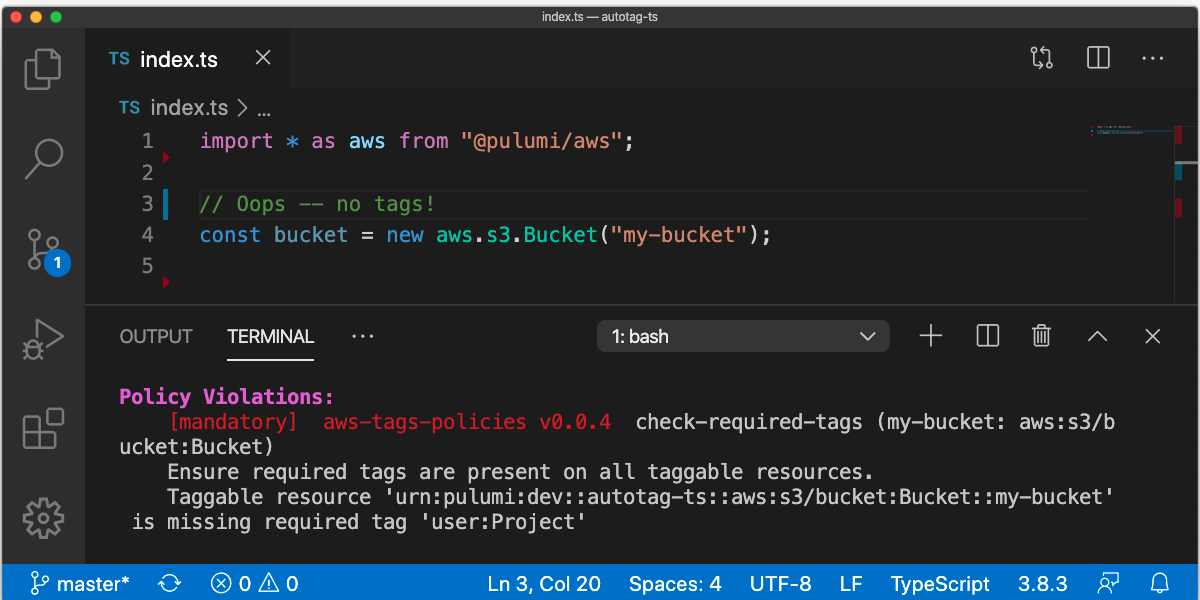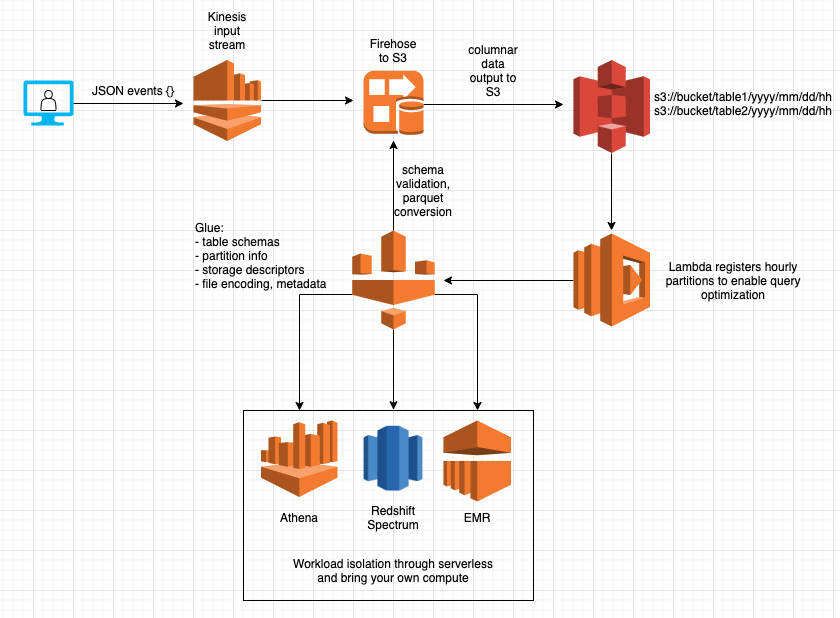Creating a Python AWS Application Using Flask and Redis

Meet Vova Ivanov—one of the Pulumi summer interns. He’ll be writing about his experiences learning Pulumi while modernizing a web app and its underlying infrastructure.

Meet Vova Ivanov—one of the Pulumi summer interns. He’ll be writing about his experiences learning Pulumi while modernizing a web app and its underlying infrastructure.

Ever since AWS Lambda was released in 2015, users have wanted persistent file storage beyond the small 512MB /tmp disk allocated to each Lambda function. The following year, Amazon launched EFS, offering a simple managed file system service for AWS, but initially only available to mount onto Amazon EC2 instances. Over the last few months, AWS has been extending access to EFS to all of the modern compute offerings. First EKS for Kubernetes, then ECS and Fargate for containers. Today, AWS announced that EFS is now also supported in Lambda, providing easy access to network file systems from your serverless functions.

A Jamstack is a modern architecture for building websites; JAM stands for JavaScript, APIs, and Markup. Jamstacks are deployed on a CDN, and content is stored on a cloud services provider. In addition to the speed and simplicity of deploying static content served from a CDN, there are other advantages such as maintaining content with git, modern build tools to generate the static content, automated builds, atomic deploys, and instant cache validation.
While build tools have simplified the process of creating content ready for deployment on a CDN, creating the infrastructure to serve the content remains complicated. You can use a cloud provider’s web interface or script the build using a CLI tool if you want to manage your infrastructure instead of using a hosted solution. The alternative is to use infrastructure as code tool to automate building and deploying cloud resources. This article demonstrates how to create a jamstack website and deploy it on AWS using Pulumi.

Amazon EKS clusters can use IAM roles and policies for Pods to assign fine-grained access control of AWS services. The AWS IAM entities map into Kubernetes RBAC to configure the permissions of Pods that work with AWS services.
Together, AWS IAM and Kubernetes RBAC enable least-privileged access for your apps, scoped to the appropriate policies and user requirements.

Due to the nature of the product we build, the Pulumi team needs to have access to several cloud providers to develop and test the product. An increasing number of cloud providers comes with an associated ever-increasing cost.

AWS publishes best practices for how to tag your resources for cost tracking, automation, and organization. But how do you enforce that you’re doing it correctly across all of your projects? And is it really necessary to manually track down all those places where you missed a tag and manually patch things up? In this article, we’ll see how to use Policy as Code to enforce your team’s tagging strategies in addition to some powerful Infrastructure as Code techniques to automate applying your tags in a consistent way across all of your projects and resources.

Here at Pulumi, everyone on our engineering team is a Gopher. Go has quickly become the “language of the cloud,” and so when we chose to build our open-source pulumi/pulumi engine and SaaS backend, we chose Go. As such, we are very excited to welcome Go to the family of supported infrastructure as code languages as part of Pulumi 2.0.
Go has become the lingua franca of cloud-native infrastructure development. From projects like Docker, to Kubernetes, the community has embraced Go. The result is an ecosystem rich in tooling and packages designed for systems and cloud engineering.

In an earlier article, we introduced examples of Policy as Code to prevent two of the most common causes of data breaches. Policies are the guardrails of infrastructure. They control access, set limits, and manage how infrastructure operates. In many systems, policies are created by clicking on a GUI, making it difficult to replicate or version. Pulumi implements policy by writing it in Typescript, which ensures that you can write policies using software development practices such as automated testing, deployment, and version control.

Whether it’s an IoT installation, a website, or a mobile app, modern software systems generate a trove of usage and performance data. While it can be daunting to collect and manage, surfacing data empowers the business to make informed product investments. In this article, we’ll explore the following:
If you’d like to follow along, you can clone and run the reference implementation. If you’re new to Pulumi, you can follow this guide to get started.

The Amazon Web Services (AWS) Cloud ecosystem is large and vibrant, so vast and vibrant that at times, it can be challenging to know where best to start! In the case of containers, Abby Fuller tweeted a descriptive summary about using AWS container services.